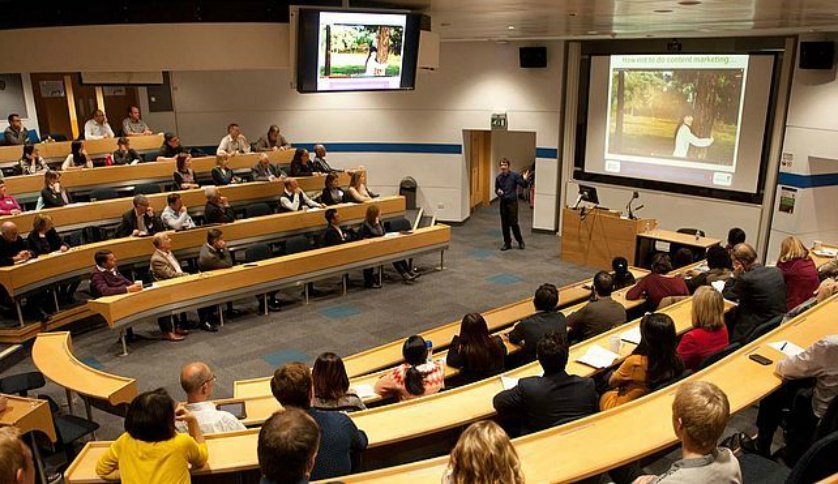Education is more than simply the passage of information from instructor to students. This is especially true when considering contemporary research on learning styles. The concept of Universal Design for Learning (UDL) emphasizes the importance of making the learning environment and its materials accessible for all students. In the ideal classroom, this includes space for quiet work, group work, research and instruction led by students and teachers. These areas need to take comfort and function into consideration to accommodate multiple styles of learning.
It seems that this is an ideal time of schools to reassess education furniture to improve student learning environments and teacher satisfaction. When so many voters claim to support public education, as they did across the nation during mid-term elections this year, there ought to be adequate support to improve the quality of their classroom environments. However, those votes are not necessarily enough to support the taxes needed to fund things like classroom facilities. In fact, some states passed measures which will make it even harder for schools to obtain the necessary funds in the future.
In Colorado, where school funding is $2000 less than the national average per student, the paradox is dramatically evident. The economy is booming yet schools still suffer from lack of funds. Ergo, the quality of education for these students suffers also. Questions such as what type of furniture needs to be improved hardly reach the discussion table. The politics of funding and the voter support for public education need to be improved in many states, but Colorado is a notable example.
The days of teaching exclusively from a lectern are long gone. Nonetheless, they continue to be assets for education and communication. These reading desks are intended to improve eye contact with the audience. Their role in maintaining the speaker’s good posture remains valuable today, particularly when reading from a book or manuscript. Their ideal function is when addressing large groups with a lecture style. Notice them at graduation, school assemblies or award ceremonies.
Enter the impact of Millennials on education furniture with their adaptation of beanbag chairs for classroom use. These creative sectional furniture pieces can be adapted for single use, as a bean bag, with its built-in relaxed style. But due to the addition of connectors not visible from the external upholstery, they may be arranged for small or large group settings, such as you might find in today’s classrooms, particularly in elementary or college settings. Each sac is filled with foam, not beads or sand or beans, hence they emphasize comfort and flexible seating. No mention is made of the long-term effect on the posture of the students as in the past.
Customers really appreciate the flexibility of their upholstery covers and the ease of cleaning or changing them. The stores are appealing to Millennials. The products are affordable and suit their contemporary lifestyles. Will they adapt as well to the modern classroom?




